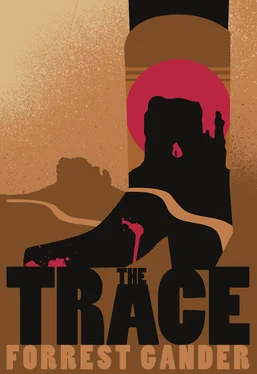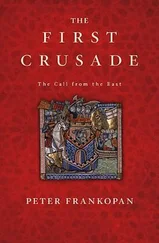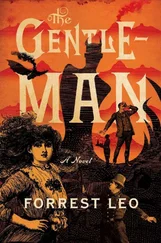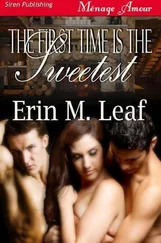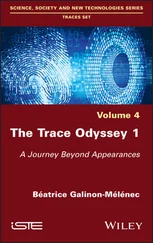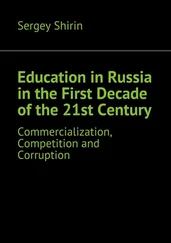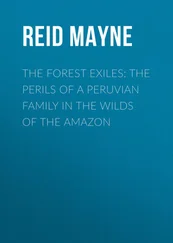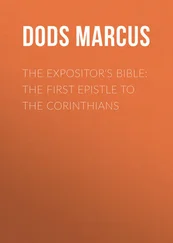Bierce is a few days ahead of Villa’s troops, anticipating that something might play out here in the lee of a four-thousand-foot massif from which someone can see to the National Railway and seventy miles in any direction. He is a tired man on a tired horse. He unmounts at an adobe hovel and goes inside, paying for a bottle, claiming an empty table with four chairs. He drags one chair a foot away from the table, then pulls out another and sits down, putting his boots up on the seat of the first one. The vamps are slathered in dust, but the boot shafts are oily brown where his cuffs have risen. He grumbles to himself. None of the Federales in the bar is wearing a uniform. They keep an eye on the gringo as he smooths out maps on the table, sketching in trails from his notes, and asking gruff questions of the bartender in a language that is incomprehensible except when he uses the word Villa. He uses it again. And again. Outside the bar, two boys unhitch Bierce’s little horse from the post and lead it into another future.
When they are certain that the old man is alone, not simply ahead of his party, a half-dozen Federales approach the table. The drunkest man in the room, hat in hand, lurches directly up to Bierce, asking questions in Spanish and spitting incidentally. When Bierce gazes up into his glassy eyes, he sees all of the men closing in. The only word he understands is Villa and he hears it again and again. Yes, Villa, he answers. I want to see Villa. Two young men on each side stand him up, each gripping an arm and twisting it behind his back.
He notices that his horse is gone as they shove and then drag him out of the bar, down the dirt path toward the cemetery. A gang of boys is skipping behind. There is some discussion at the cemetery’s entrance before Bierce is hustled along the waist-high adobe wall to its southeast corner where the dirt is strewn with white rocks. Sweating, Bierce is barking the words “Journalista” and “Americano,” but the Mexicans are all arguing with each other. He pushes back against them and shouts with all the military authority he can muster. “Americano. Journalista.”
But the men are already sliding like water spiders away from him, and he is alone, stone-like, ancient, immobile, exhausted, his back to the adobe wall. He half sits against the edge. He takes off his sombrero and settles it on the capstone. His palm flat over the brim. Shifting his weight a little, he looks from one to the other of the two soldiers’ single open eyes, no more than fifteen feet from him, aiming through the inverted V-blades of their long barrels at his chest.
Thanks to the John Simon Guggenheim Foundation for a fellowship supporting this work. Thanks to the Rockefeller Fellowship from United States Artists that allowed me time to work on this book.
Thanks to the Lannan Foundation for a residency at Marfa, Texas.
Thanks to the Squaw Valley Writers Conference, where I wrote the poems appearing in this book.
Thanks to John Balaban and Brian Turner for the Ojinaga & Closed Canyon adventures.
Thanks to Ashwini Bhat, whose ceramic sculptures can be seen at ashwinibhat.com.
Thanks to David Gottesman.
Thanks to Professor Jerry Johnson of University of Texas at El Paso and his herpetology students, Tony Gandara, Steven Dilks, Art Rocha, and Vicente Mata-Silva.
Grateful acknowledgment to Don Swaim for keeping active an Ambrose Bierce website and to Leon Day for his fanatical research into the death of Bierce, from which I have borrowed.
Thanks to the late Padre James Lienert for sharing his stories of serving as pastor in the desert communities around Sierra Mojada.
